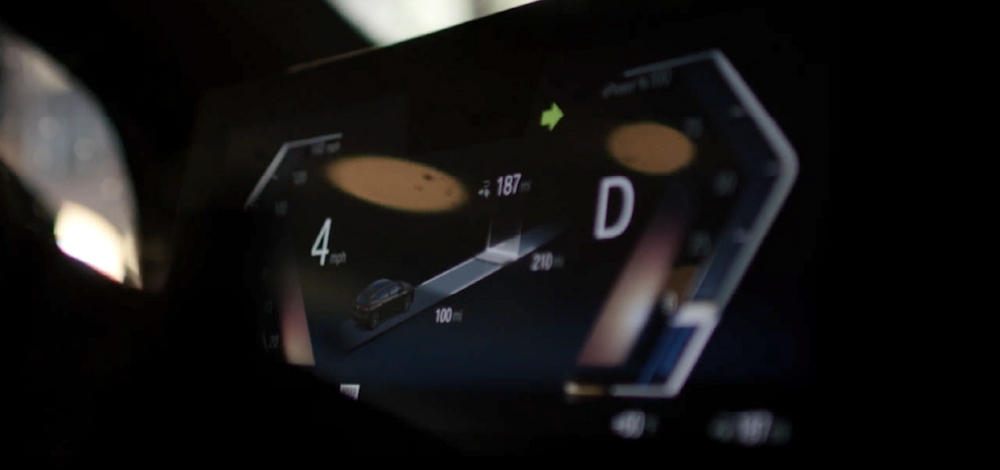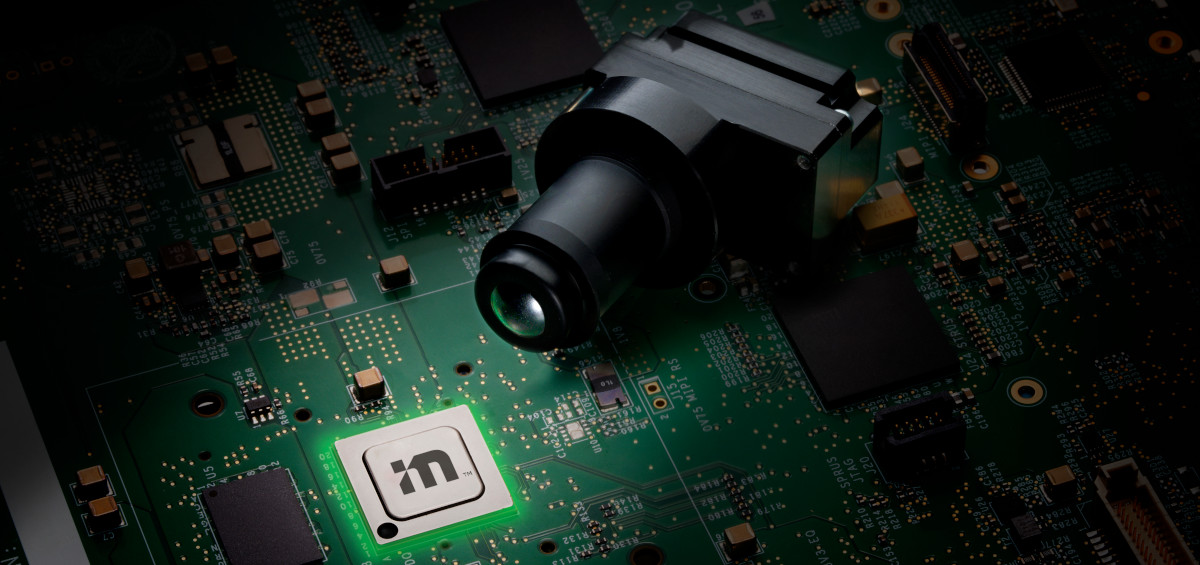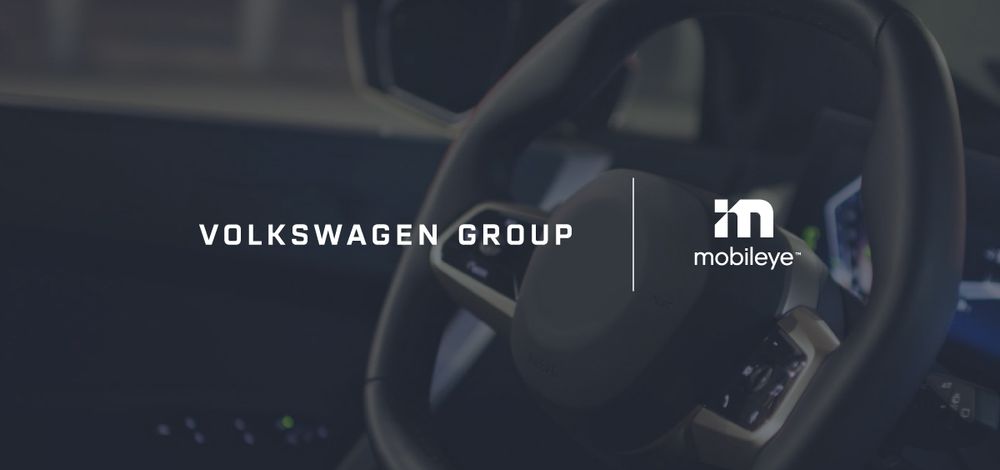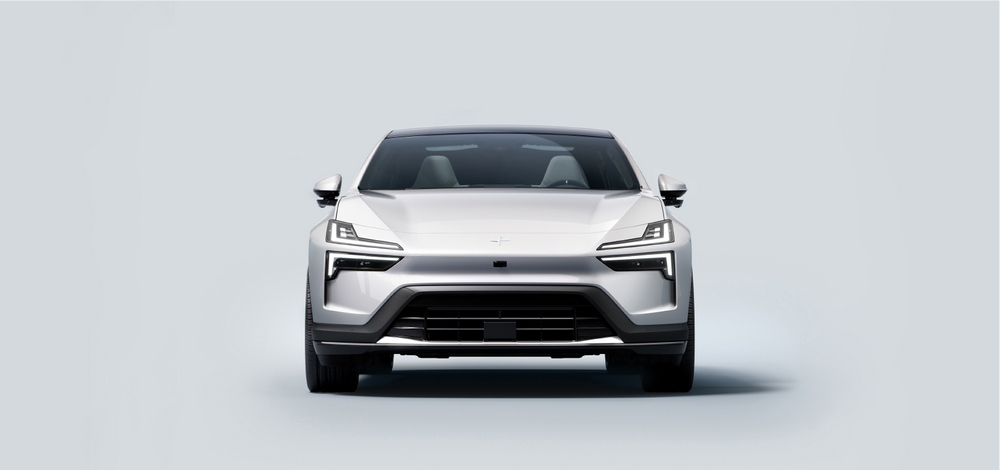blog
|
July 19, 2020
Fact Sheet: Mobileye Advanced Driver-Assistance Systems (ADAS)
Fact Sheet: Mobileye Advanced Driver-Assistance Systems (ADAS)

Fact Sheet: Mobileye Advanced Driver-Assistance Systems (ADAS)
This news content was originally published on the Intel Corporation Newsroom.
Inspired by Human Vision
Founded in 1999, Mobileye® revolutionized the advanced driver-assistance system (ADAS) market by introducing a solution inspired by human visual perception. Using a vehicle-mounted camera to interpret the environment by “sight,” much as humans do, the Mobileye approach offered an economical way for global automakers to enhance safety in their new cars. Largely replacing legacy systems that required more expensive hardware, Mobileye began to play a leading role in the growth of cost-effective ADAS worldwide, thereby democratizing road safety for drivers, passengers, other road-users and pedestrians everywhere.
Powered by Mobileye
Since its founding, Mobileye, an Intel Company, has built on progress in sensors, computing power and artificial intelligence to enable millions of vehicles to monitor, warn, brake and steer out of harm’s way. At the core of Mobileye-powered ADAS are camera sensors integrated into a vehicle that constantly scan the road and stream footage to Mobileye’s custom-built processor, the EyeQ®. Using real-time inference, the onboard EyeQ detects road features and driving hazards and if necessary alerts the driver, or, in the case of more advanced active systems, directs the vehicle to actively react to prevent unsafe driving and collisions.
Next-Generation ADAS
Now on its fifth-generation EyeQ chip, Mobileye has a proven record of accomplishment in developing new solutions to meet the challenges of each new level of ADAS and automation. As example, Mobileye’s latest EyeQ chip, the EyeQ®5, will support 120-degree vision at an ultra-high resolution. This wider view and higher resolution enhance an ADAS system’s performance, ensuring robust detection and response to a wider range of objects at higher speeds.
At the same time, Mobileye continuously strives to pioneer cutting-edge features and functionalities in ADAS and is applying technologies developed for future autonomous vehicles to cars already on the road today. In 2017 Mobileye introduced a new level of ADAS called “L2+” whereby Mobileye technologies, including Mobileye’s REM™ mapping technology, extend the benefits of ADAS into a broader range of driving scenarios (while also providing the necessary redundancy for autonomous driving). L2+ can include the application of 360-degree surround vision and Mobileye’s model for safe decision-making – Responsibility-Sensitive Safety (RSS) – whereby 360-degree surround view supports the human driver when choosing not to drive and RSS helps the driver avoid crashes due to inattention or carelessness while driving.
Bringing ADAS to more cars on the roads in more driving scenarios is the goal, and L2+ is gaining traction among the world’s OEMs. Mobileye is the technology supplier for eight of the 11 current publicly disclosed L2+ production programs, including those of Volkswagen and Nissan. And automakers with vehicles already on the road leveraging Mobileye technology to power next-generation ADAS include GM (with SuperCruise), Nissan (with ProPILOT Assist 2.0) and NIO (with Pilot).
Mobileye-Powered ADAS Features
A single Mobileye-powered camera mounted on the windshield can support the majority of common ADAS functions available in cars today. Common ADAS features supported by Mobileye vision perception include:
- Automatic Emergency Breaking (AEB): Identifies an imminent collision and applies the brakes without any driver intervention.
- Adaptive Cruise Control (ACC): Automatically adjusts the host vehicle speed from its preset value (as in standard cruise control) in case of a slower vehicle in its path and then takes it back to the original preset speed when safe to do so.
- Evasive Steering Support: Enhances a driver’s emergency steering when a collision is imminent.
- Forward Collision Warning (FCW): Alerts the driver that, under the current dynamics relative to the vehicle ahead, a collision is imminent.
- Highway Pilot/Highway Assist: Combining ACC and LC on highways allows the vehicle to take control of itself during highway driving.
- Intelligent High-Beam Control (IHBC): Controls the vehicle’s headlights on dark unlit roads, automatically switching them from lower beam to high beam and back according to whether there is oncoming traffic.
- Intelligent Speed Assist (ISA): Detects and classifies various traffic signs and warns the driver of speeding (in passive systems) or automatically adjusts the vehicle’s speed (in active systems).
- Lane Centering (LC): Automatically steers the vehicle to maintain a central path within the lane.
- Lane Departure Warning (LDW): Alerts the driver to an unindicated (and therefore presumably unintended) lane departure.
- Lane Keeping Assist (LKA): Automatically steers the vehicle to stay within lane boundaries.
- Traffic Jam Assist (TJA): A combination of both ACC and LC, TJA allows the vehicle to take control of itself under certain traffic jam conditions.
Valued Partner of Choice
Today Mobileye powers ADAS systems in more than 300 car models with 28 OEM partners, supplying almost all major global automakers with computer vision solutions. As of mid-2020, Mobileye collision avoidance technology had been deployed in more than 60 million vehicles worldwide, including hundreds of new car models from Audi, BMW, Ford, General Motors, Honda, Hyundai, Nissan, Volkswagen and others.
About Mobileye
Mobileye is the global leader in the development of computer vision and machine learning, data analysis, localization and mapping for advanced-driver assistance systems and autonomous driving. Mobileye’s technology helps keep passengers safer on the roads, reduces the risks of traffic accidents, saves lives and has the potential to revolutionize the driving experience by enabling autonomous driving. Mobileye’s proprietary software algorithms and EyeQ® chips perform detailed interpretations of the visual field in order to anticipate possible collisions with other vehicles, pedestrians, cyclists, animals, debris and other obstacles. Mobileye’s products are also able to detect roadway markings such as lanes, road boundaries, barriers and similar items; identify and read traffic signs, directional signs and traffic lights; create a RoadBook™ of localized drivable paths and visual landmarks using REM™; and provide mapping for autonomous driving.
Share article
Press Contacts
Contact our PR team








